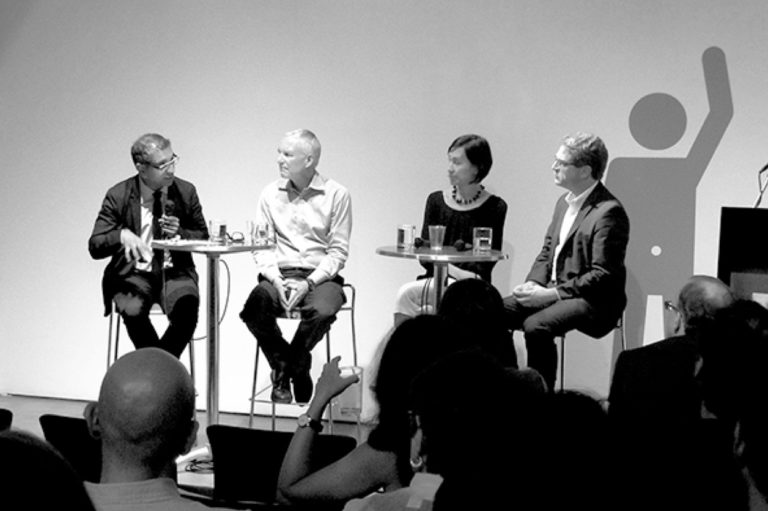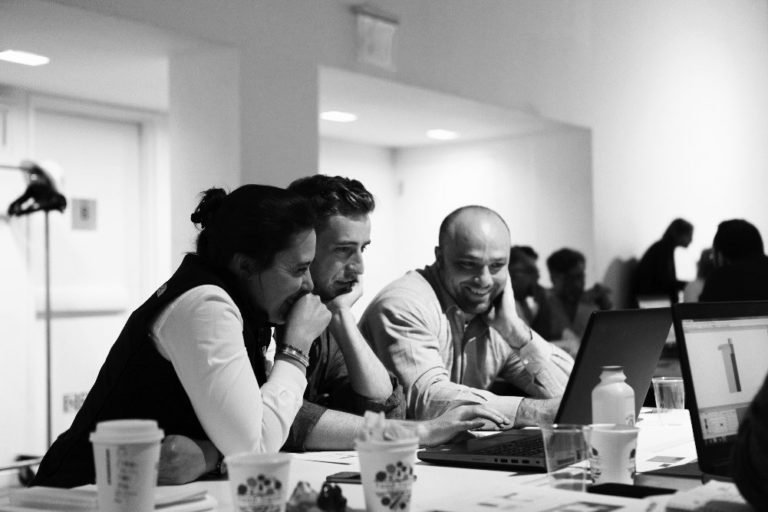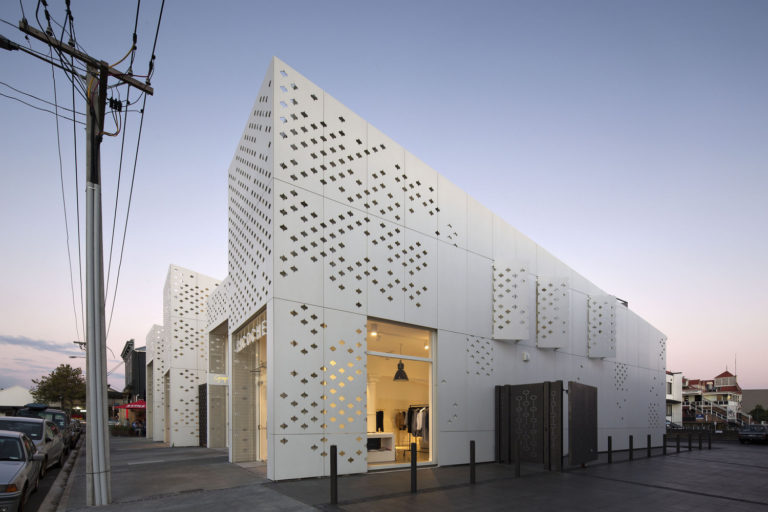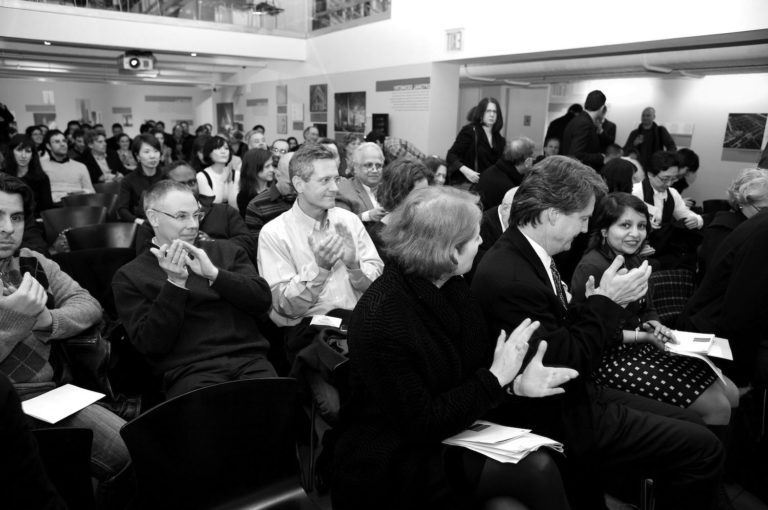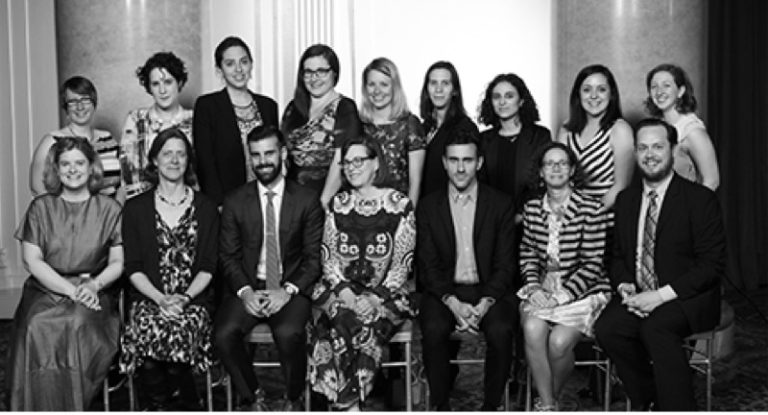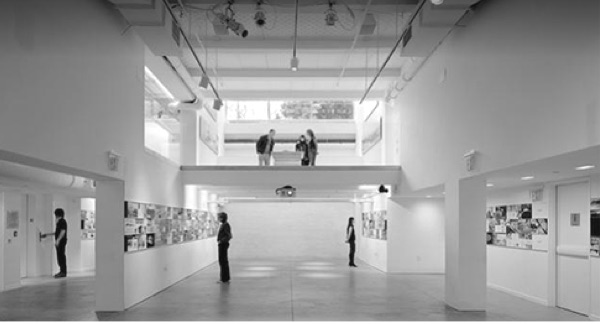by: Kristen Richards Hon. ASLA Hon. AIA
Note: This is an online supplement to the spring 2011 issue of OCULUS, “Design for a Change: Buildings, People, Energy,” which is mailing this week! Keep an eye out for the issue in your mailboxes, and stay tuned for the digital edition in the coming weeks.
British-born Bill Moggridge is into his second year as director of the Smithsonian’s Cooper-Hewitt, National Design Museum. As an industrial designer, he is considered a pioneer in the discipline he coined “interaction design.” Among his many achievements since founding his own industrial design firm in London in the late 1960s, he is credited with designing the GRiD Compass, the first laptop computer, in 1982, and co-founding the Paolo Alto, CA-based international (and influential) multidisciplinary design consultancy IDEO in 1991. Moggridge received the Lifetime Achievement Award at Cooper-Hewitt’s National Design Awards at the White House in 2009, and the U.K.’s 2010 Prince Philip Designers Prize. OCULUS Editor Kristen Richards, Hon. AIA, Hon. ASLA, recently caught up with the very busy man — via e-mail — to find out what’s on the horizon for him, the Cooper-Hewitt, and design in general.
Kristen Richards: You served as a trustee of the Design Museum in London in the early 1990s, and now you’re the first practitioner to head the Cooper-Hewitt. Did you ever imagine yourself as a museum director?
Bill Moggridge: Since Tim Brown took over as CEO of IDEO in 2000, my management responsibilities were greatly reduced, because he and the other younger people on his team were doing such a great job! I found myself with the time to develop my interest in trying to explain design, writing books, giving conference presentations, teaching, and so on. When I heard that the position was open at Cooper-Hewitt, it occurred to me that this might give me the chance to explain design to a broader audience, so I applied for the position. I’m glad they accepted me!
KR: How will Cooper-Hewitt continue to function when it closes to the public for renovations (by Gluckman Mayner Architects and Beyer Blinder Belle Architects & Planners), from the late summer of 2011 to mid 2013?
BM: We are thinking of ourselves as “on the move,” with the RE:DESIGN program for the Carnegie Mansion giving us the chance to spread our wings and expand our activities outside the campus, both virtually and physically. The renovation of the two townhouses that are connected to the Mansion will be complete before work starts on the mansion. All of our staff, including our educational department, will move into them this summer, along with the National Design Library and the MA Program in the History of Decorative Arts and Design, so that we can all continue to serve our public during the renovation.
We are planning some major shows in other venues, the first of which will be “Design with the Other 90%: Cities,” opening on 10.15.11, at the United Nations. We are also exploring possibilities for a downtown location for programming and retail.

